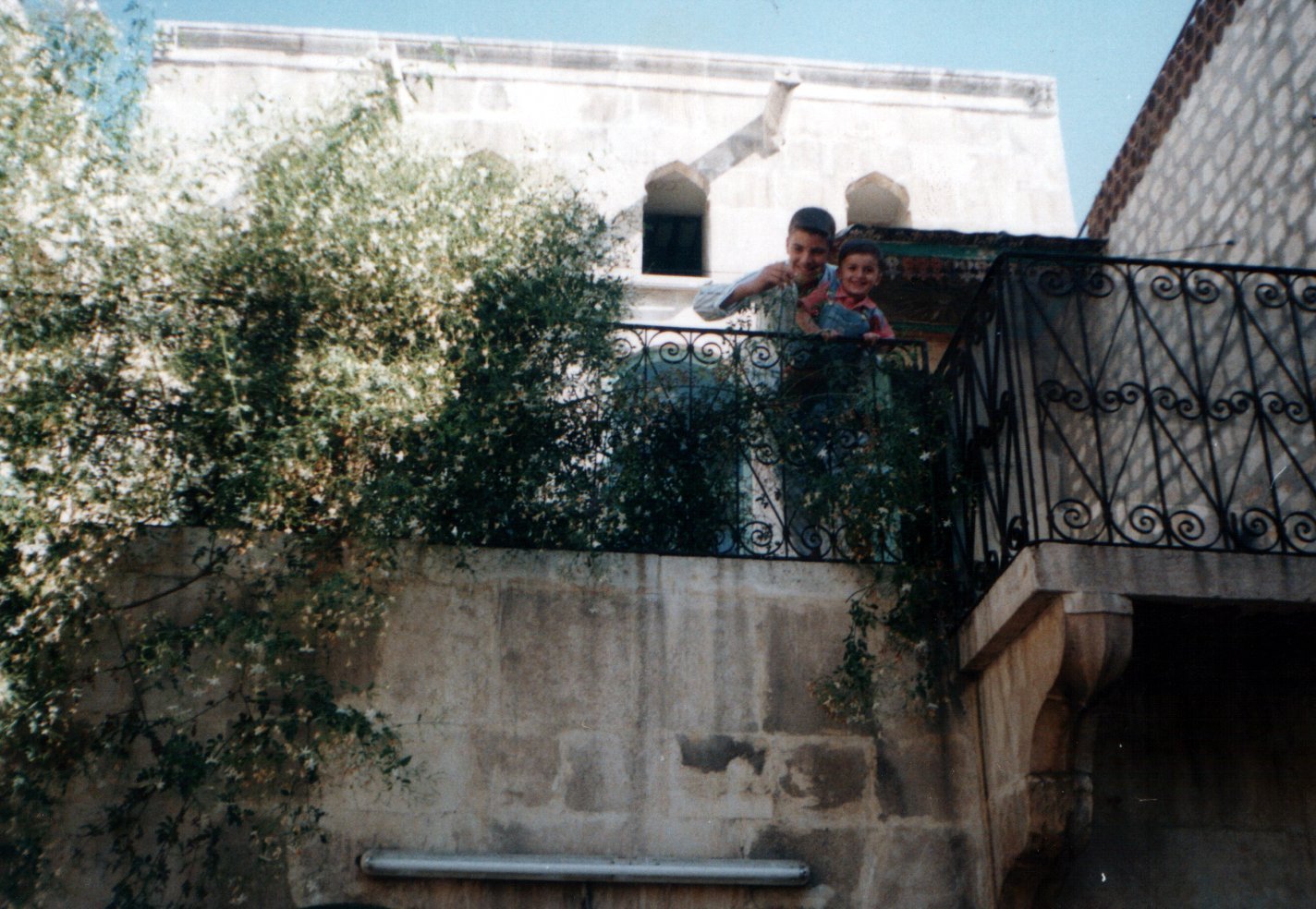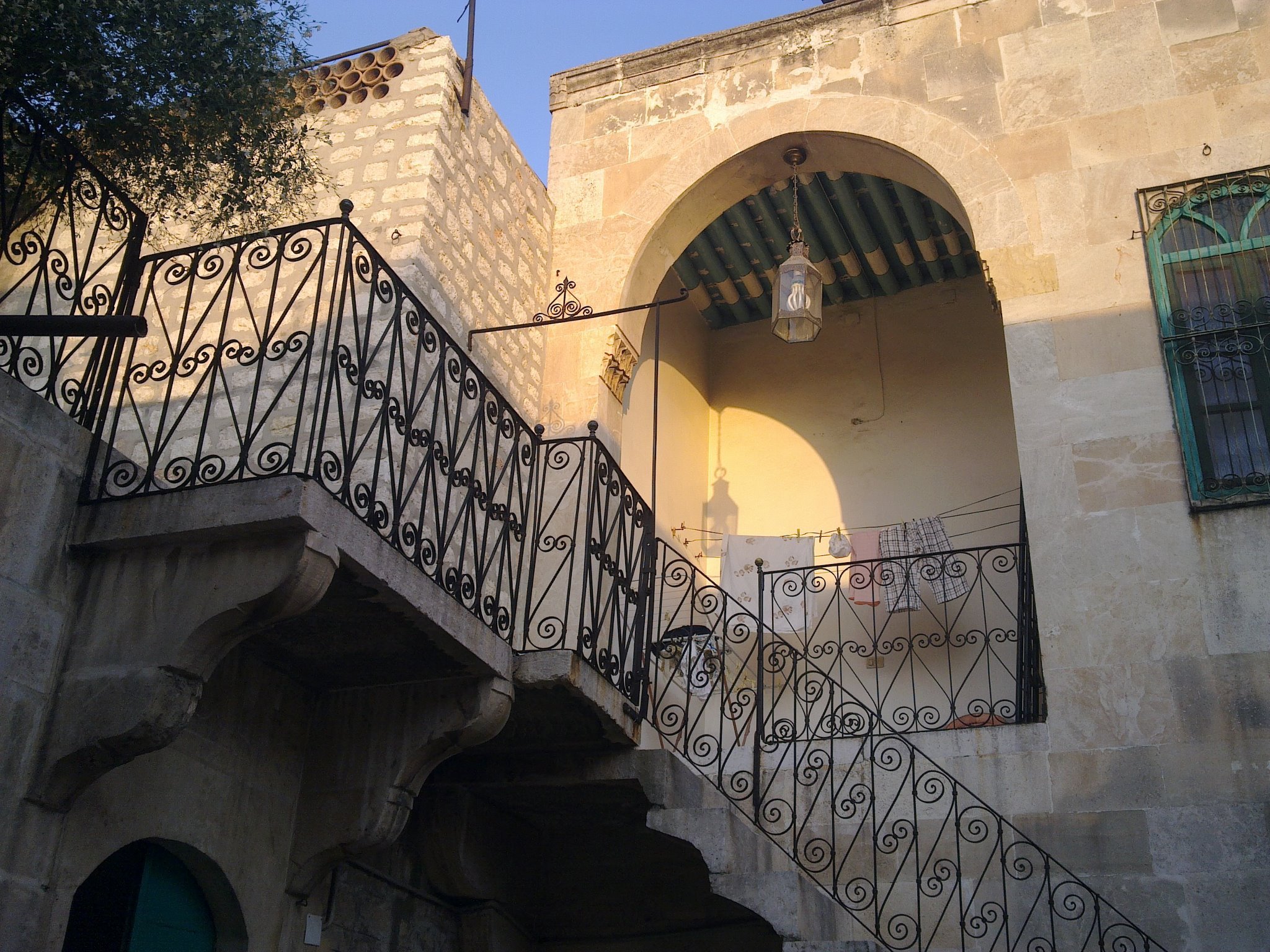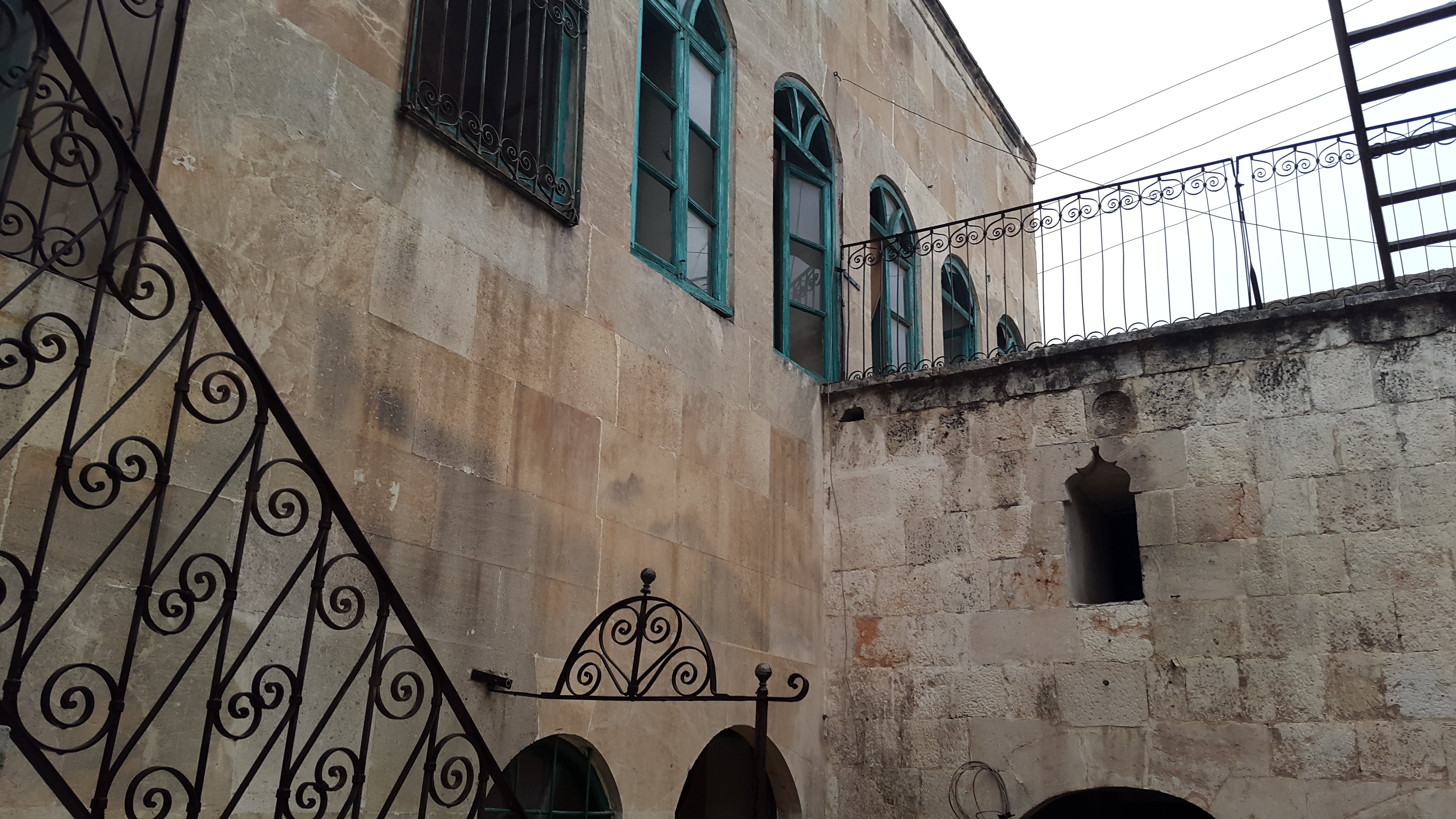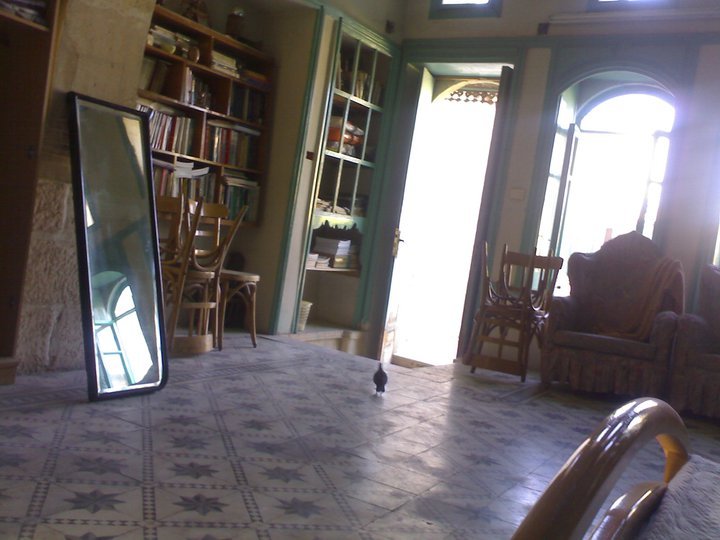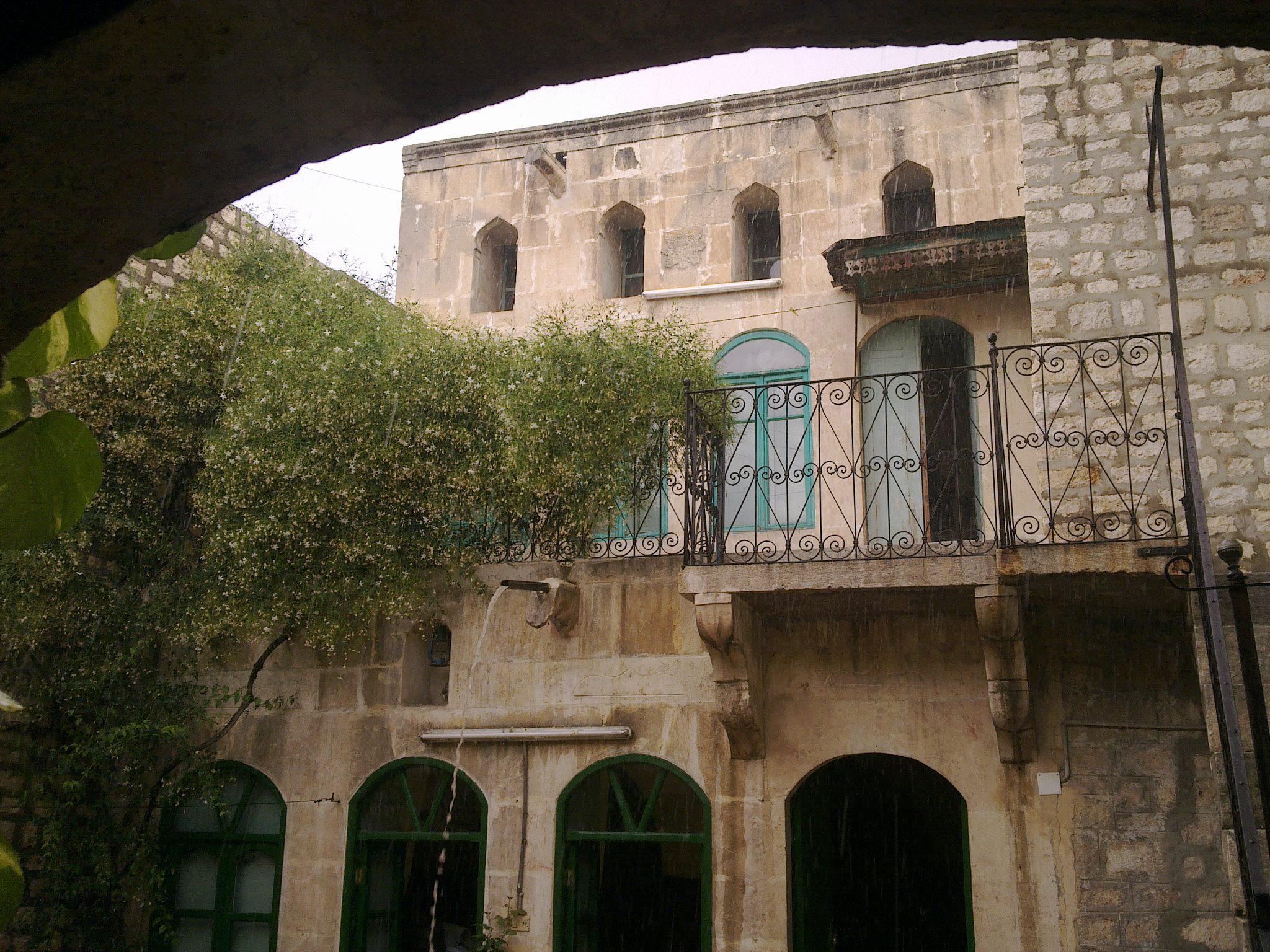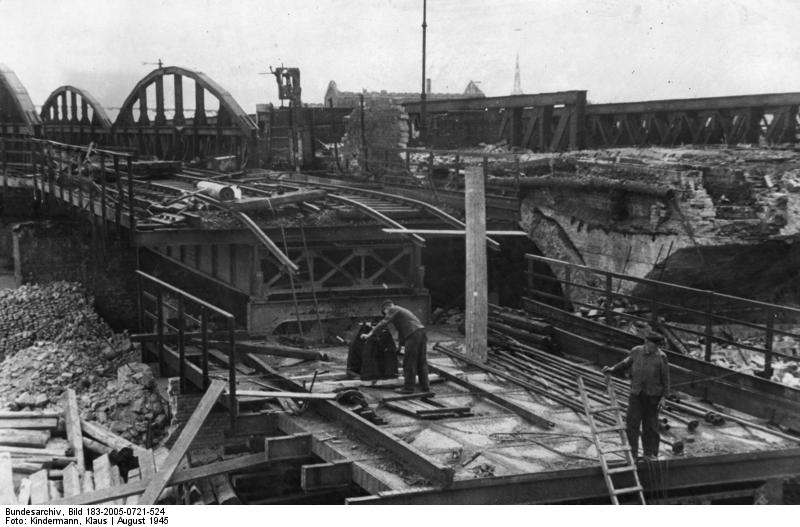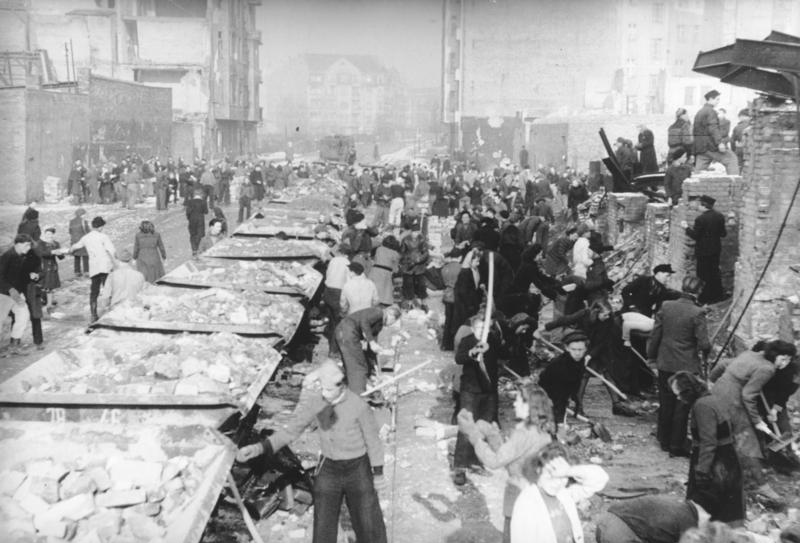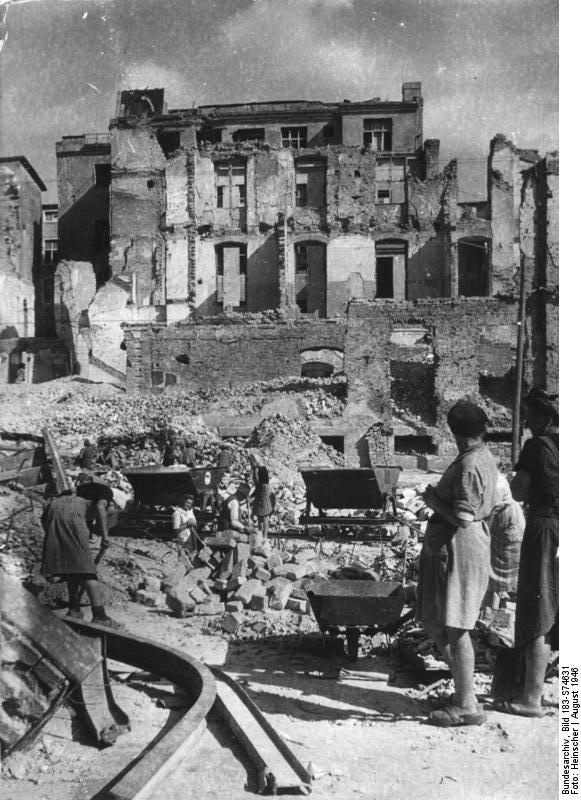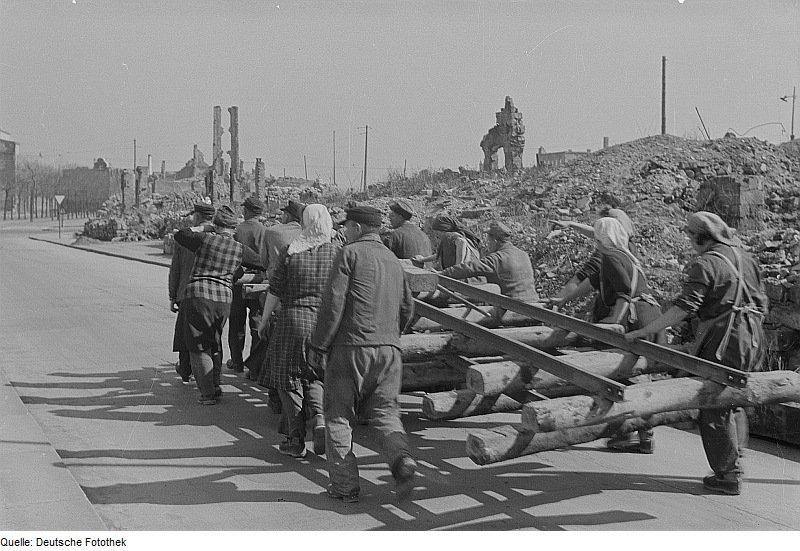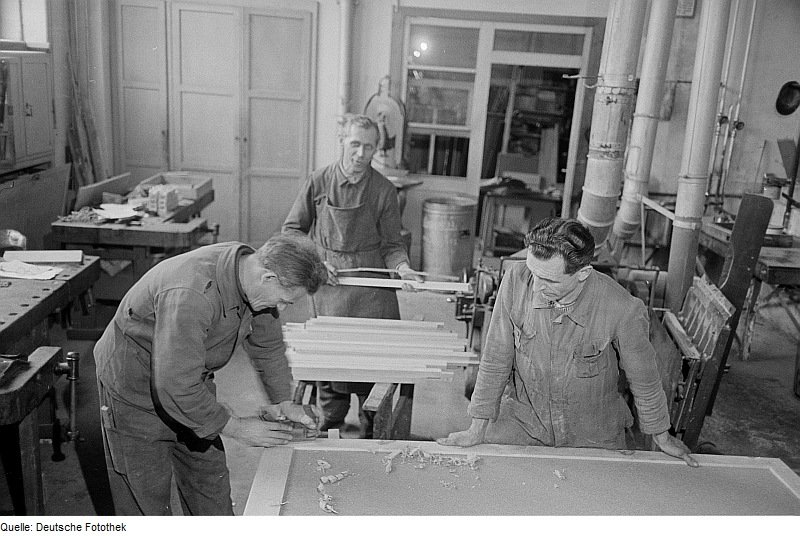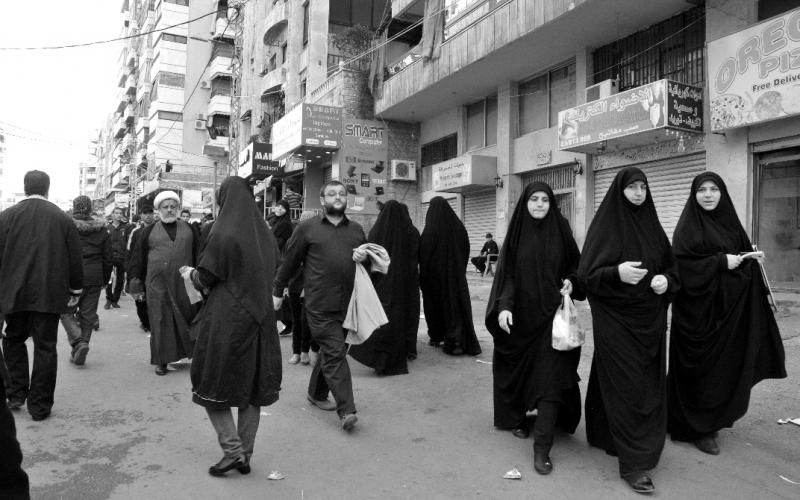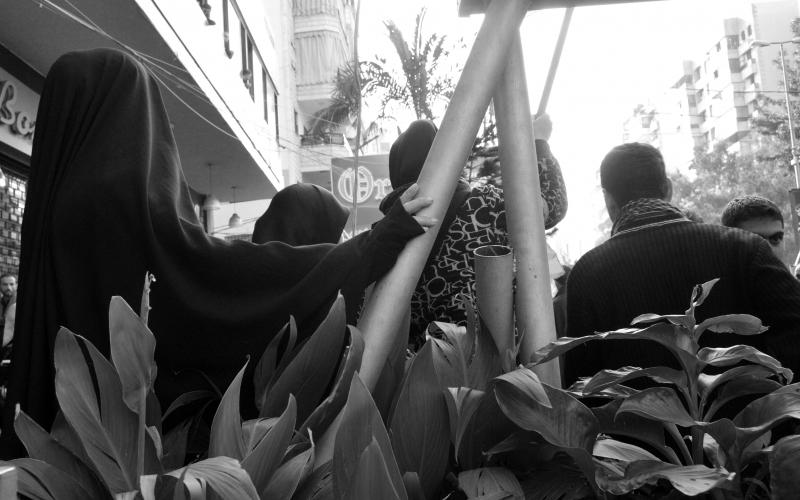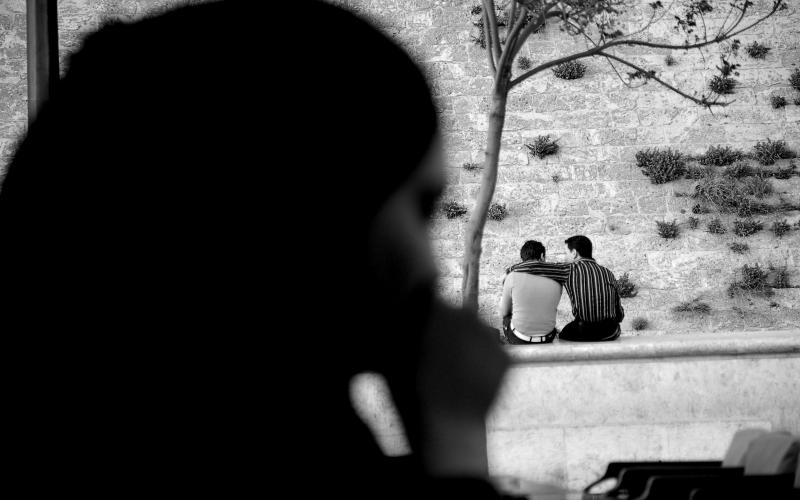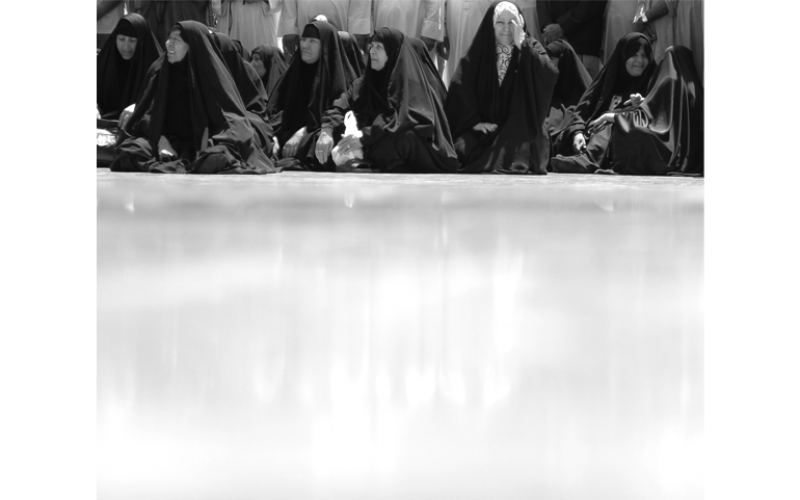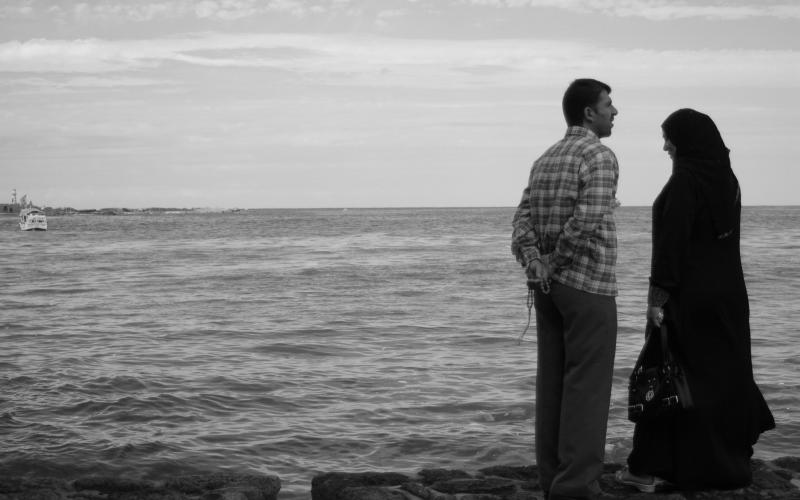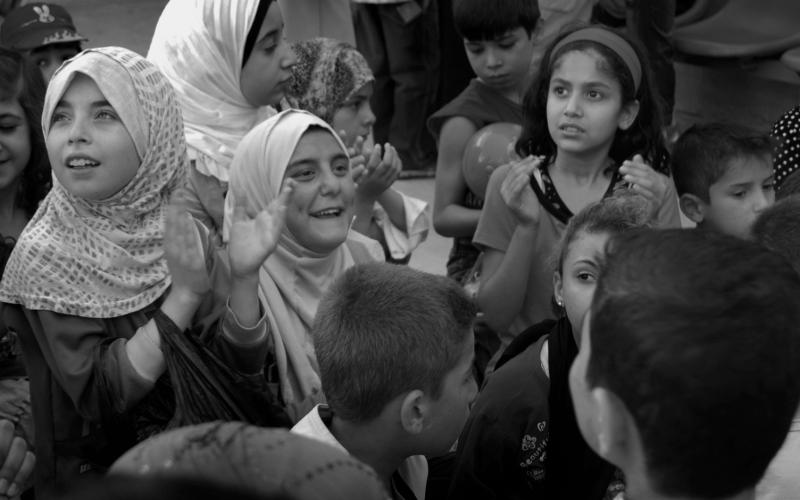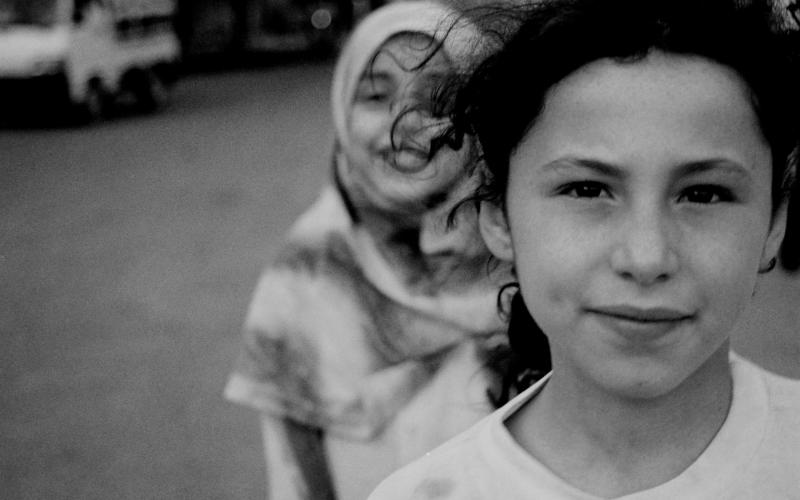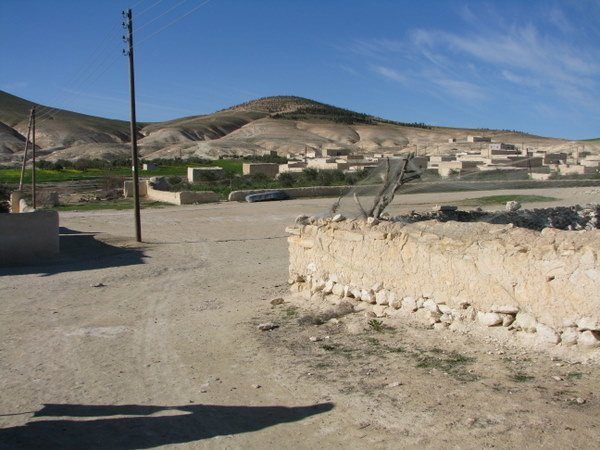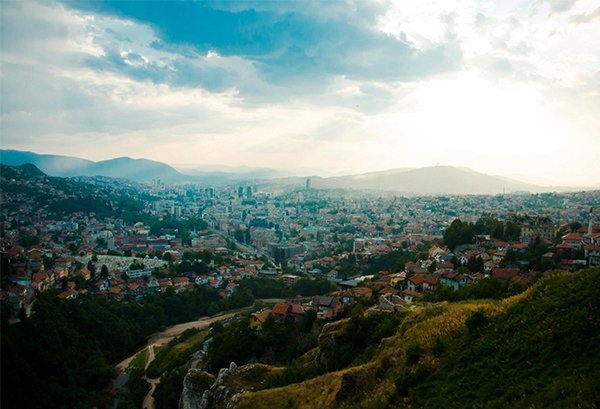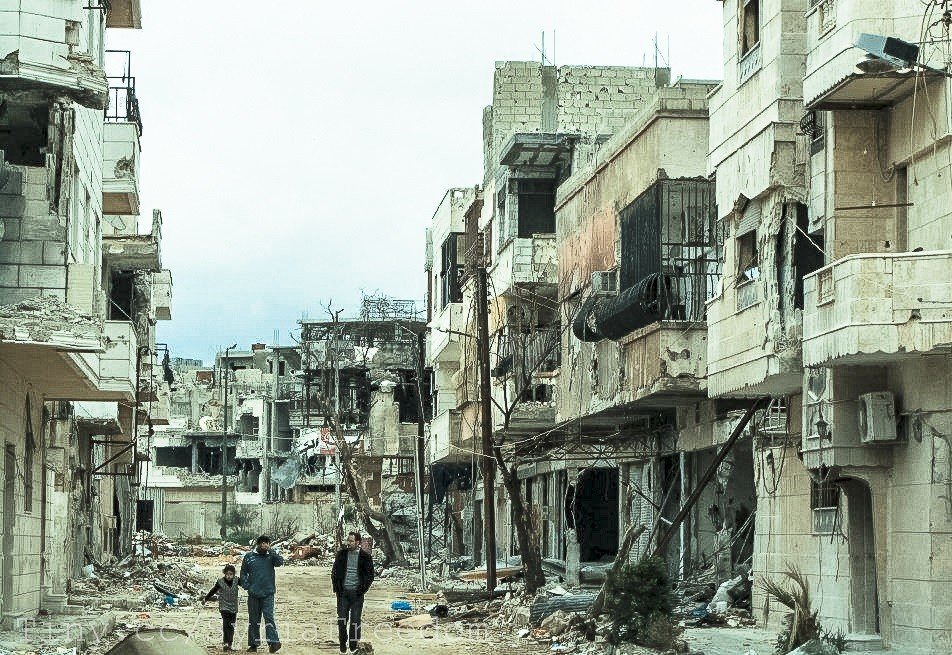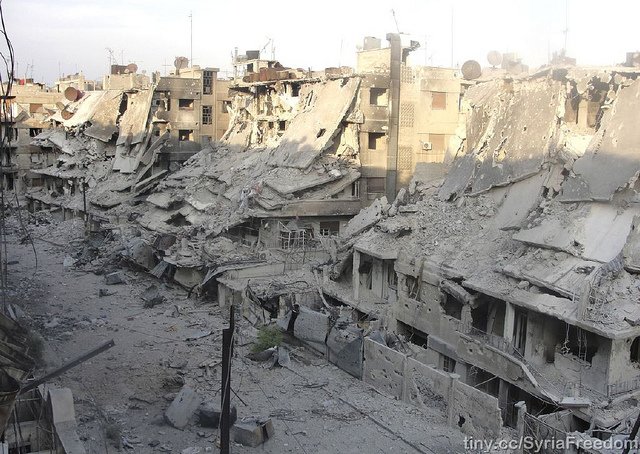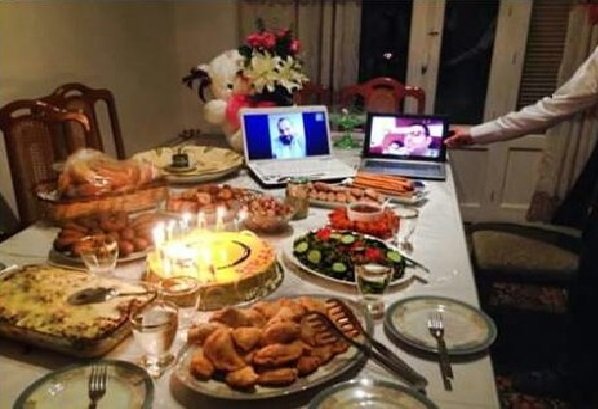When I bought and renovated a house in the Old City of Aleppo, I was asked by the Syrian Engineers Syndicate to assess the experience. I told the cultural committee represented by Mr. Khaldoun Fansa that I would follow an Arab expression that you don’t make a judgment on something for a year and seven months. After that time I gave this lecture to the Syndicate. It has been translated, edited and updated and now also includes the view of two of my children.
I was born in 1950 in what we call an “Arabic house,” a stone building built around a courtyard, sheltered from its neighbors and housing just one family. It was in the Al Bustan area of Aleppo, by the southern gate of the Saray palace and just inside the eastern wall of the old city. We left in 1954 to live in al-Ansari in a house that was similar to an Arabic house in that we lived there alone without neighbors above or below us.
read more
 The Aleppo Project
The Aleppo Project